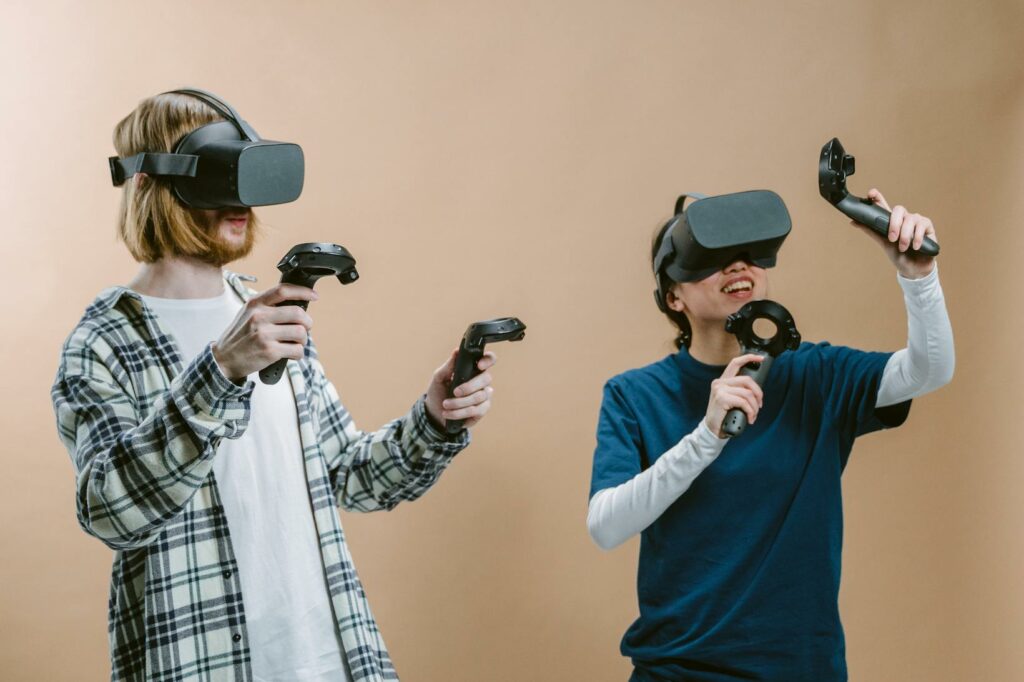In the ever-evolving world of virtual reality, Oculus stands tall as a leading pioneer. The Oculus Quest 2, with its impressive features and immersive experience, has been a game-changer in the VR industry. But as whispers about the Oculus Quest 3 begin to circulate, tech enthusiasts and gamers alike can’t help but wonder: How will the two compare?
This article dives into the anticipated differences between the Oculus Quest 3 and its predecessor, the Oculus Quest 2. Will the third installment live up to the high standards set by the second? Or will it surpass them, setting a new benchmark in the world of VR? Let’s delve into the details and find out.
Oculus Quest 3 VS 2
 Advancements in virtual reality unfold with the Oculus Quest models. Let’s delve into the key features of both the anticipated Oculus Quest 3 and the well-received Oculus Quest 2.
Advancements in virtual reality unfold with the Oculus Quest models. Let’s delve into the key features of both the anticipated Oculus Quest 3 and the well-received Oculus Quest 2.
Anticipation simmers for the Oculus Quest 3, expected to push VR technology boundaries. Its wireless and standalone design, similar to its predecessor, maintains the ease of use and flexibility for users. Yet, rumblings indicate improved screen resolution and refresh rate, portraying a lifelike virtual world. Augmented processing power may also be on the horizon, promising smoother gameplay.
HDR support is another coveted feature, sure to showcase rich, vibrant colors and deeper blacks for an immersive experience. Likewise, the potential introduction of eye-tracking and improved field of view are eagerly awaited, aiming to create a convincing virtual user experience.
Key Features of Oculus Quest 2
Oculus Quest 2, an established player in the VR arena, possesses a solid suite of features. Its robust Snapdragon XR2 platform provides the power needed for detailed virtual environments. Pair that with an impressive resolution of 1832 x 1920 per eye and a high refresh rate, and users witness a crisply rendered virtual experience.
Portable and wire-free, the Oculus Quest 2 offers unparalleled movement freedom, complemented by a consistent tracking system for intuitive controls. Also, its expandable storage options let users store a range of VR content, meeting the needs of extensive VR enthusiasts. Plus, the Oculus Link compatibility allows users to access high-end PC VR games, broadening the content horizon.
Detailed Comparison Between Oculus Quest 3 and 2
 This section offers a detailed review, comparing key elements of Oculus Quest 2 and the upcoming Oculus Quest 3. Notable categories for analysis consist of performance and graphics or display capabilities.
This section offers a detailed review, comparing key elements of Oculus Quest 2 and the upcoming Oculus Quest 3. Notable categories for analysis consist of performance and graphics or display capabilities.
Oculus Quest 2, lauded for its remarkable performance, boasts a Snapdragon XR2 platform. This distinctive feature, coupled with an expandable storage option, ensures seamless gameplay and a vast library of VR experiences. Illustratively, users can enjoy games like Beat Saber or The Walking Dead: Saints and Sinners without experiencing lag or stuttering.
On the contrary, Oculus Quest 3, still under wraps, commands speculative anticipation. With expectations surmounted on an improved processing power, eye-tracking, and HDR support, it shows promise of offering users enhanced immersion and a better VR experience.
Graphics and Display Comparison
When it comes to graphics and display, Oculus Quest 2, known for its high resolution and wireless design, shines. It allows for stunning visuals, providing gamers with a clear, vivid experience. Notably, by means of Oculus Link compatibility, users gain access to PC VR games, thus extending their VR experience beyond standalone titles.
Oculus Quest 3 vs. Quest 2
 Whether you’re a seasoned VR enthusiast or a newbie, the choice between Oculus Quest 3 and 2 depends on your specific needs. If you’re after the highest resolution, wireless design, and the ability to play PC VR games, then the Oculus Quest 2 is a proven performer.
Whether you’re a seasoned VR enthusiast or a newbie, the choice between Oculus Quest 3 and 2 depends on your specific needs. If you’re after the highest resolution, wireless design, and the ability to play PC VR games, then the Oculus Quest 2 is a proven performer.
But if you’re willing to wait for a more immersive experience, with improved screen resolution, refresh rate, and processing power, then the Oculus Quest 3 is worth the anticipation. It’s a close call – both models have their unique strengths. Ultimately, the decision lies in what you value most in your VR experience.

